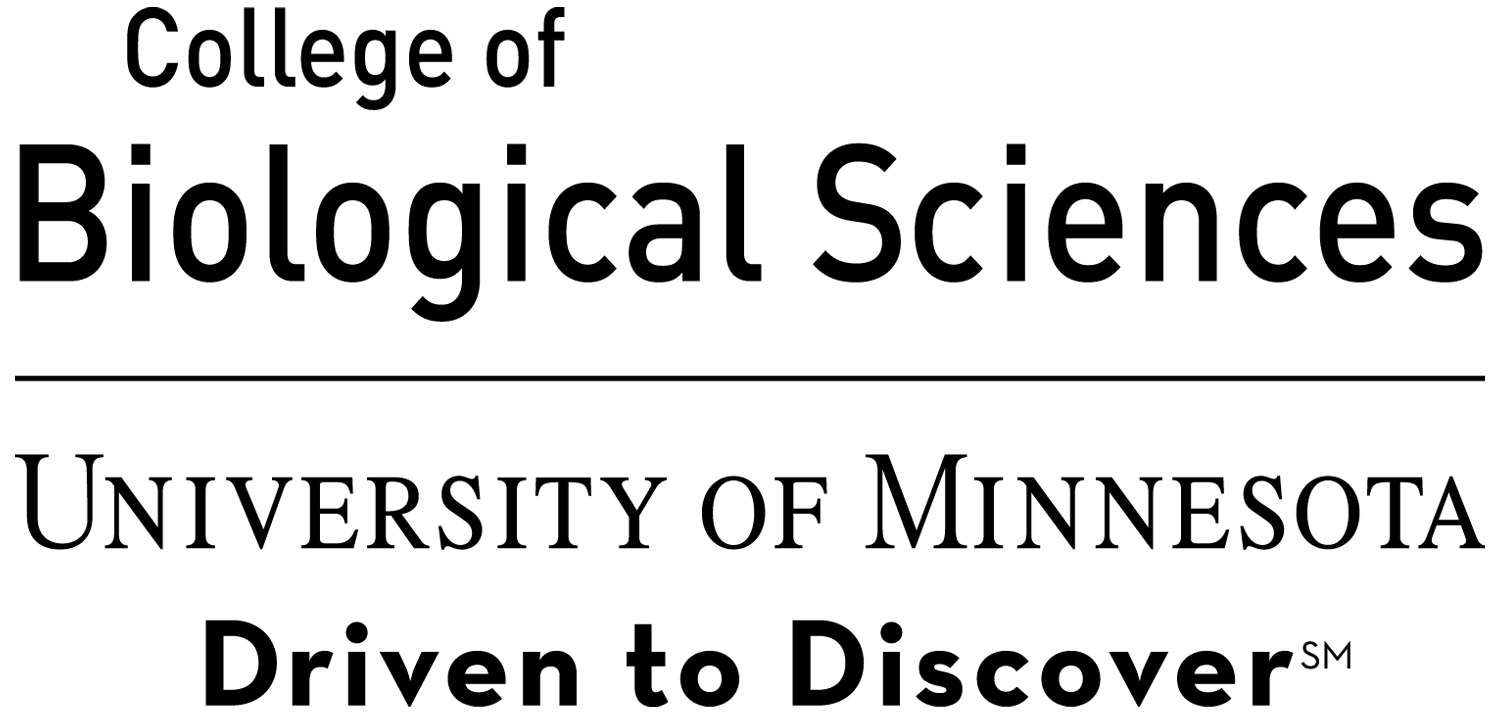Team:Minnesota/Safety
From 2011.igem.org
(Difference between revisions)
NathanDavis (Talk | contribs) |
NathanDavis (Talk | contribs) |
||
| (3 intermediate revisions not shown) | |||
| Line 1: | Line 1: | ||
| - | + | {{Team:Minnesota/Top}} | |
| - | + | == '''Laboratory Safety''' == | |
| - | { | + | |
| - | + | ||
| - | + | ||
| - | + | ||
| - | + | ||
| - | + | ||
| - | + | ||
| - | + | ||
| - | + | ||
| - | + | ||
| - | + | ||
| - | ==Laboratory Safety== | + | |
Would materials used in your project and/or your final product pose: | Would materials used in your project and/or your final product pose: | ||
* Risks to the safety and health of team members or others in the lab? | * Risks to the safety and health of team members or others in the lab? | ||
| - | ::''E. coli'' bacterial strains used in our project are non-pathogenic laboratory strains and have little or no capacity to cause pathological harm to team members or other persons who enter our teams' laboratory. These strains are classified as biosafety level 1 biologic materials. Regardless of any organisms' supposed capability to inflict injury or harm, our team handles all specimens with the assumption that there exists some risk of harm. As such, aseptic technique is always used and all waste is disposed of in accordance with standard best practices. | + | ::''E. coli'' bacterial strains used in our project are non-pathogenic laboratory strains and have little or no capacity to cause pathological harm to team members or other persons who enter our teams' laboratory. These strains are classified as biosafety level 1 biologic materials. Regardless of any organisms' supposed capability to inflict injury or harm, our team handles all specimens with the assumption that there exists some risk of harm. As such, aseptic technique and proper personal protective equipment is always used and all waste is disposed of in accordance with standard best practices. |
::Genes and gene constructs used in our project include: | ::Genes and gene constructs used in our project include: | ||
| Line 28: | Line 16: | ||
:::*OmpR promoter isolated from the iGEM part distribution plates | :::*OmpR promoter isolated from the iGEM part distribution plates | ||
| - | ::None of these genes are known to have the capacity to confer pathogenic or toxic character onto ''E. coli'' transformants or other organisms present in our laboratory. All gene constructs, including linear | + | ::None of these genes are known to have the capacity to confer pathogenic or toxic character onto ''E. coli'' transformants or other organisms present in our laboratory. All gene constructs, including linear and circular DNA constructs, are handled with care so as to minimize their contact with organisms and laboratory surfaces other than those for which they are intended. |
::Our team uses many reagents which are commonly utilized in microbiology research laboratories. The following reagents have been identified which are potentially harmful to the health of persons present in our laboratory: | ::Our team uses many reagents which are commonly utilized in microbiology research laboratories. The following reagents have been identified which are potentially harmful to the health of persons present in our laboratory: | ||
| Line 49: | Line 37: | ||
::The biological systems our team are working with do not possess the capacity to be used maliciously my an individual, group, or state. | ::The biological systems our team are working with do not possess the capacity to be used maliciously my an individual, group, or state. | ||
| - | ==Biosafety at the University of Minnesota== | + | == '''Biosafety at the University of Minnesota''' == |
| + | * Does your institution have its own biosafety rules and if so what are they? | ||
| + | |||
| + | ::Biosafety rules at the University of Minnesota are described in the Biosafety Manual which is produced by the Department of Environmental Health and Safety. The Biosafety Manual can be found at [http://www.dehs.umn.edu/bio_pracprin.htm http://www.dehs.umn.edu/bio_pracprin.htm]. | ||
| + | |||
| + | * Does your institution have an Institutional Biosafety Committee or equivalent group? If yes, have you discussed your project with them? | ||
| + | |||
| + | ::Research involving the use or manipulation of recombinant DNA is overseen by the University of Minnesota Institutional Biosafety Committee. | ||
| + | |||
| + | * Will you or have team members received biosafety or laboratory training before beginning the project? | ||
| + | |||
| + | ::All undergraduate students participating in this project have received ample safety and laboratory operations training through previous undergraduate coursework. Furthermore, all undergraduate students working on this project participated in a "cloning 101 boot camp" prior to engaging in work on the project. | ||
| + | |||
| + | * Does your country have national biosafety regulations or guidelines? If so, provide a link to them online if possible. | ||
| + | |||
| + | ::Biosafety regulations and guidelines maintained by the Center for Disease Control and Prevention. Guidelines regarding microbiological laboratories can be found at [http://www.cdc.gov/biosafety/publications/bmbl5/index.htm http://www.cdc.gov/biosafety/publications/bmbl5/index.htm]. | ||
| + | {{Team:Minnesota/Bottom}} | ||
Latest revision as of 15:54, 24 September 2011
| Home | Team | Project | Software | Protocols | Notebook | Attributions | Safety |
|---|
| 240px | 
|
| | |
 "
"
